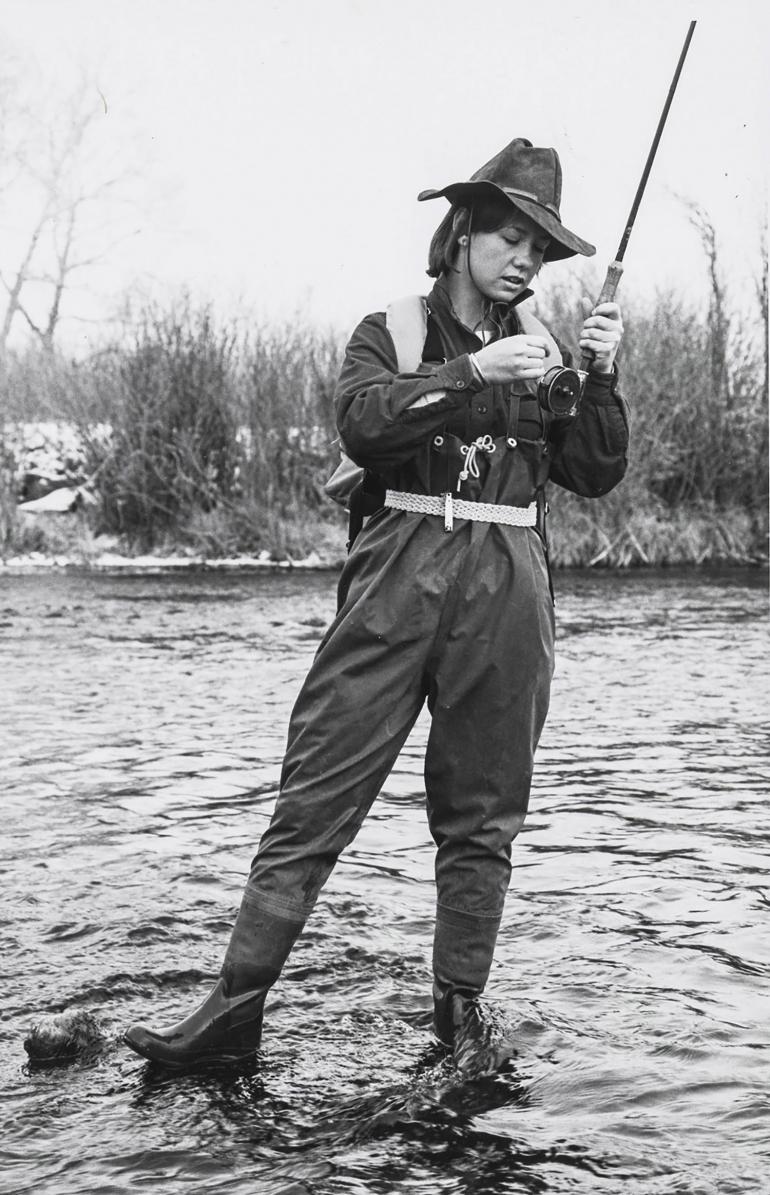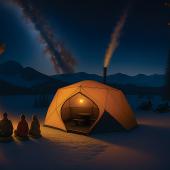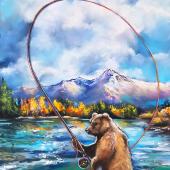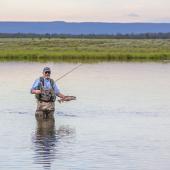My First Time: Annette Lilly Russ
Montana’s fly-fishing matriarch.
Annette Lilly Russ, daughter of Montana’s fly-fishing luminary, Bud Lilly, was born in Deer Lodge in 1954, and she’s had a fly rod in-hand for as long as she can remember. As a youngster, when she wasn’t tending the family trout shop, her summers were spent hooking fish in local waters. Nurtured in a family whose entire world revolved around fly fishing, Annette went on to become the first licensed female fishing guide in the state of Montana. In a profession that was dominated by men, she broke the stereotype.
Annette followed in her father’s teaching footsteps. The difference being, Bud taught science in a high-school classroom, but Annette coached fly fishing, and her lessons were given on rivers and streams. In 1973, Annette established and instructed one of the first women-only fly-fishing programs, called “For Ladies Only.” Her teaching abilities and charisma earned Annette the trust and respect of female and male anglers alike.
So, Annette, tell us about that first time instructing your all-female fly-fishing class?
I was 19, and I didn’t know what I was doing initially. I was never formally taught how to fly fish, so I didn’t have a model. Translating what I knew about fly fishing to complete novices was daunting. There was a mixture of nerves and excitement. What I quickly realized was that the things I took for granted, the parts of fishing that were second-nature to me, were things that the women I was teaching just didn’t know. They didn’t realize that fish hold in one spot, and that they face with their heads upstream. They didn’t know that fish don’t live everywhere in the water, that they don’t travel around much—that fish tend to school and stay in one area. To me, those things were a given. It was eye-opening, and realizing how basic I had to start out was a challenge.
Just because someone is good at something, doesn’t mean they can teach it.
But it was thrilling getting the ladies to the water. It was really a lot of fun. I talked to them about how to approach the stream. I pointed out the insects that were around, and if the fish were feeding. Taking them to the river and being able to expose them for the very first time to that process was exciting. It was like a whole new world opened up for them, and I could see the change in them happening right in front of me. Because of it, they never looked at a stream the same way again. It was something special.
Those early days of teaching helped me tremendously when I started guiding. It got me to be really good with people. It helped me in understanding where people are from and what they’re capable of. I was able to see what their learning style was, what was important to them, and what their fears and hesitations were. I was able to tailor my teaching technique to that particular person. Just because someone is good at something, doesn’t mean they can teach it. Those ladies in my early classes taught me how to teach.












